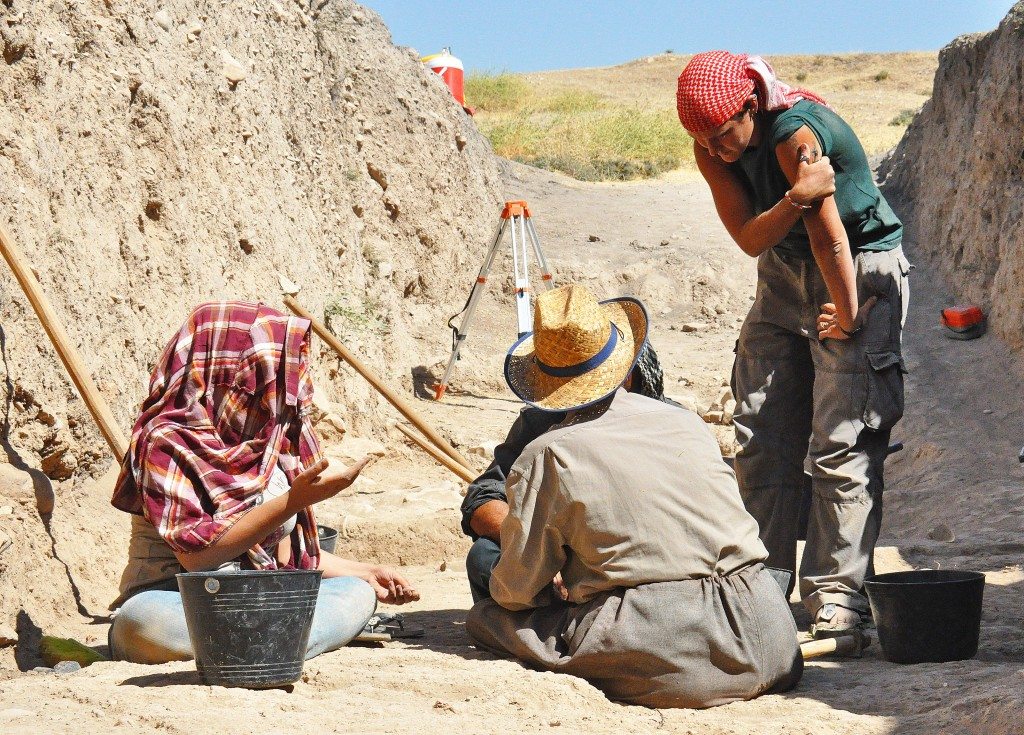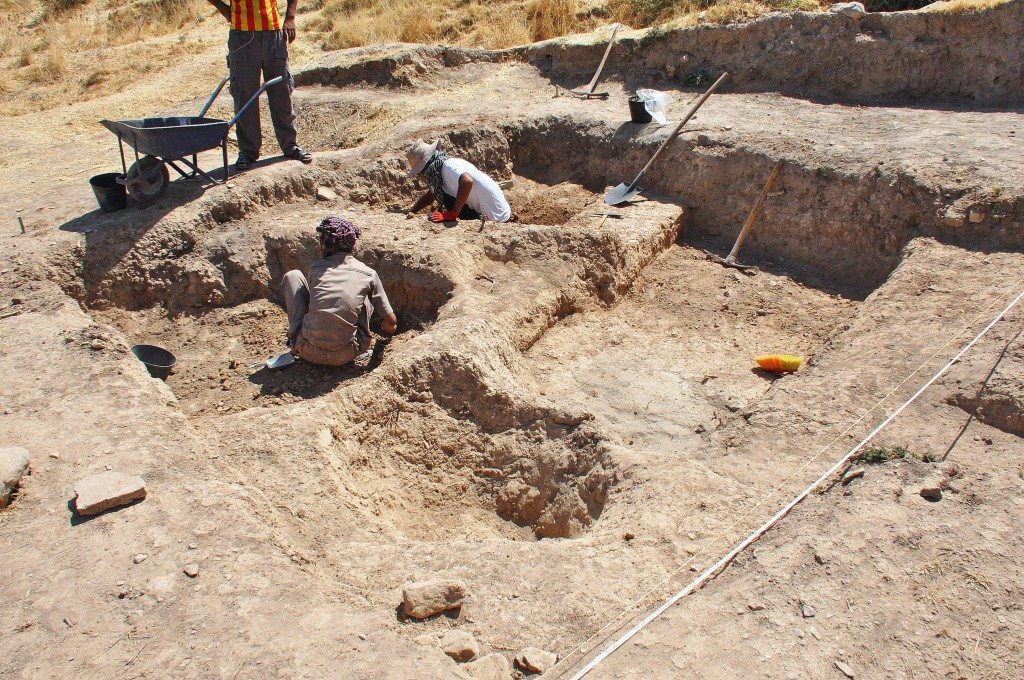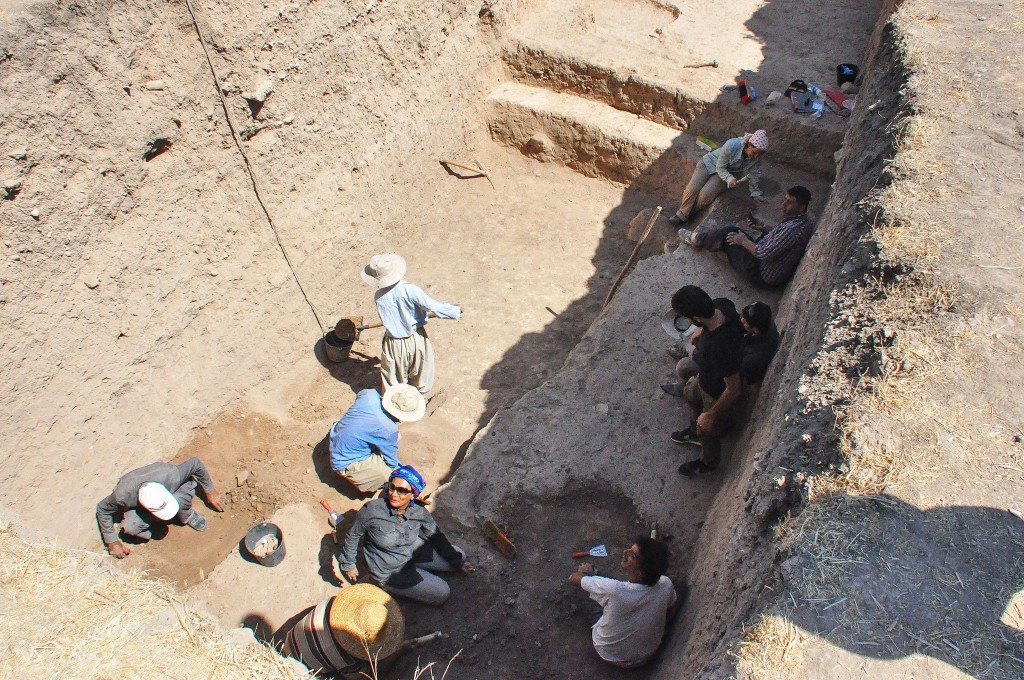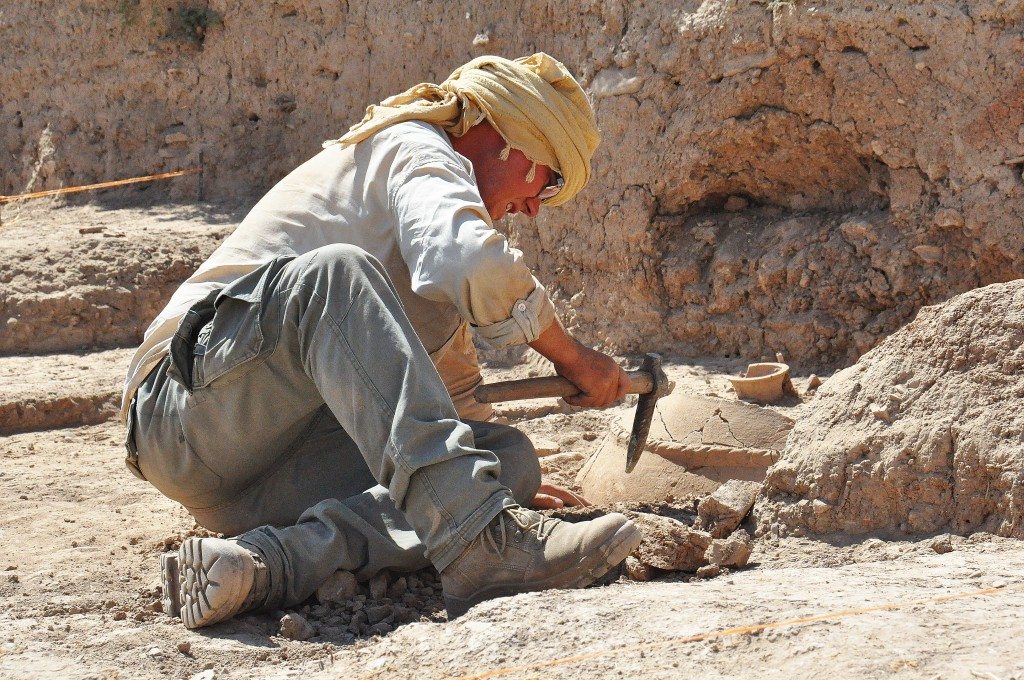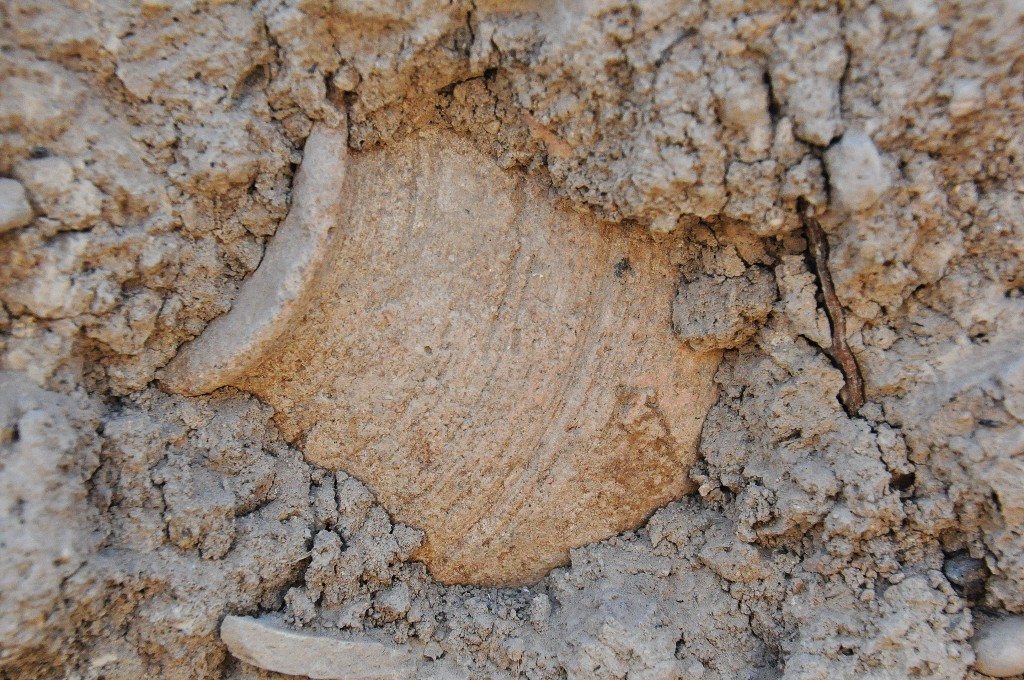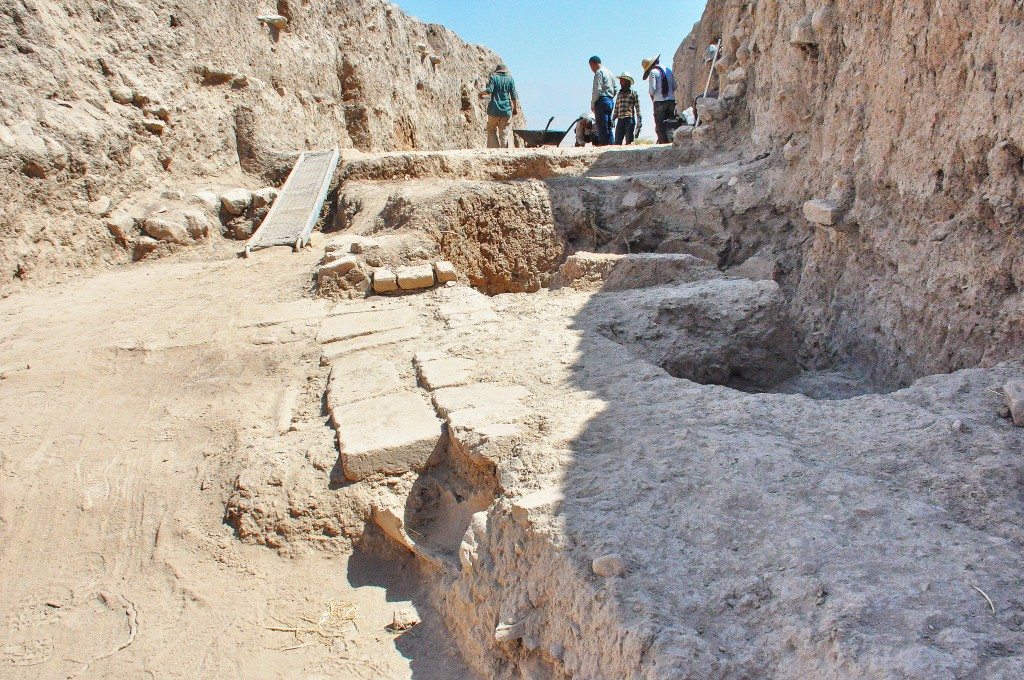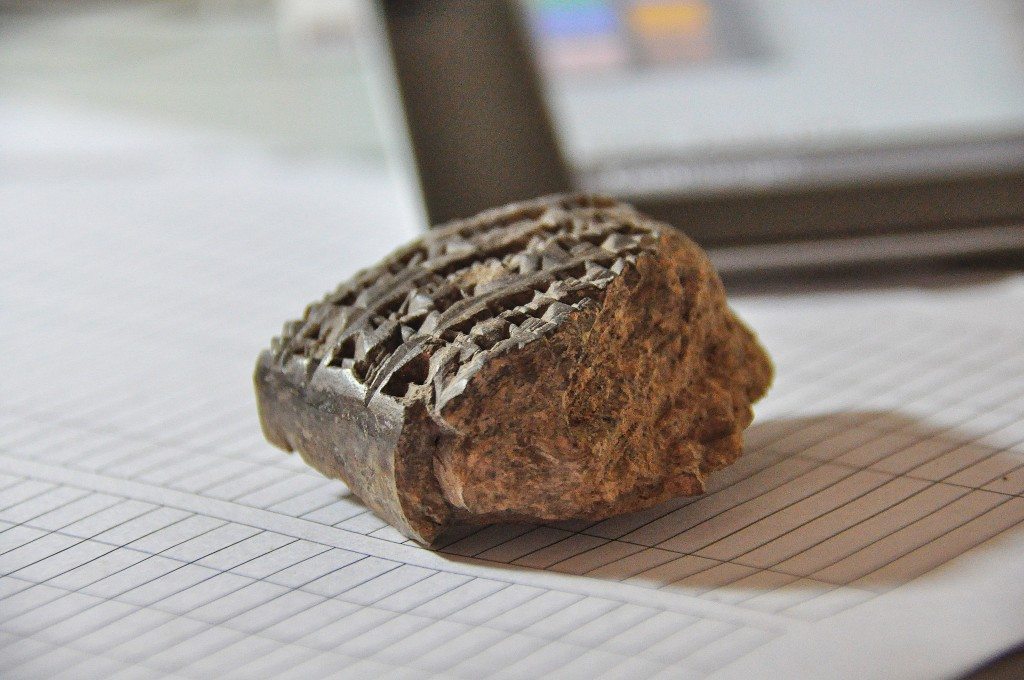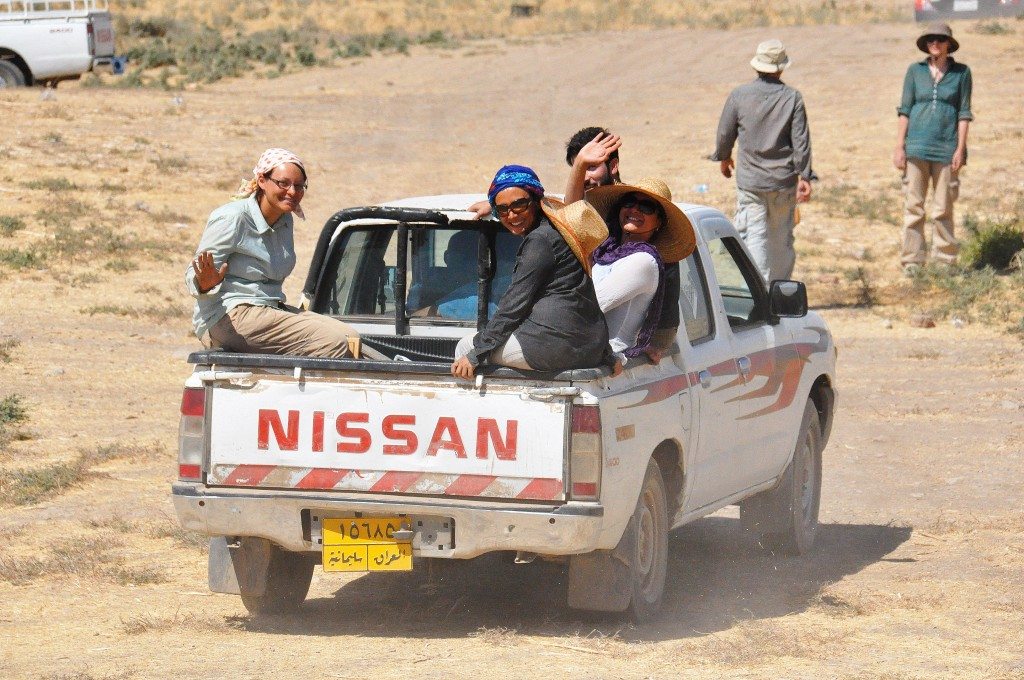I was chatting with my friend Mr. Hashim Hama Abdullah, Director of the Sulaimaniya Museum, about archaeological excavations in Iraqi Kurdistan. By chance, he mentioned the name of the ancient site of Bakr Awa. “There is a German archaeological team there, and they have been excavating the site for a few years,” Hashim said. “How about going there and seeing them while they are working?” I replied. “ This Friday we will go,” Hashim suggested. Bingo, let’s go!
Bakr Awa is a mound southeast of the modern city of Sulaimaniya, near the city of Halabja (which was bombarded by a chemical attack by Saddam’s regime in 1988 CE), within the Sharazor plain, Iraqi Kurdistan. A German archaeological team headed by Professor Peter Miglus (of the University of Heidelberg) has been excavating the site since 2010 in cooperation with the Sulaimaniya Antiquities Directorate and the Sulaimaniya Museum. The site underwent limited excavations by Ephraim Speiser in 1927 CE. During the years 1960-1961 CE, Iraqi archaeologists (of the Directorate General of Antiquities in Baghdad, Iraq) did extensive excavations and field studies on the site. Numerous artifacts, from the Islamic period back to the late Bronze Age, have been recovered within different ancient layers/levels.
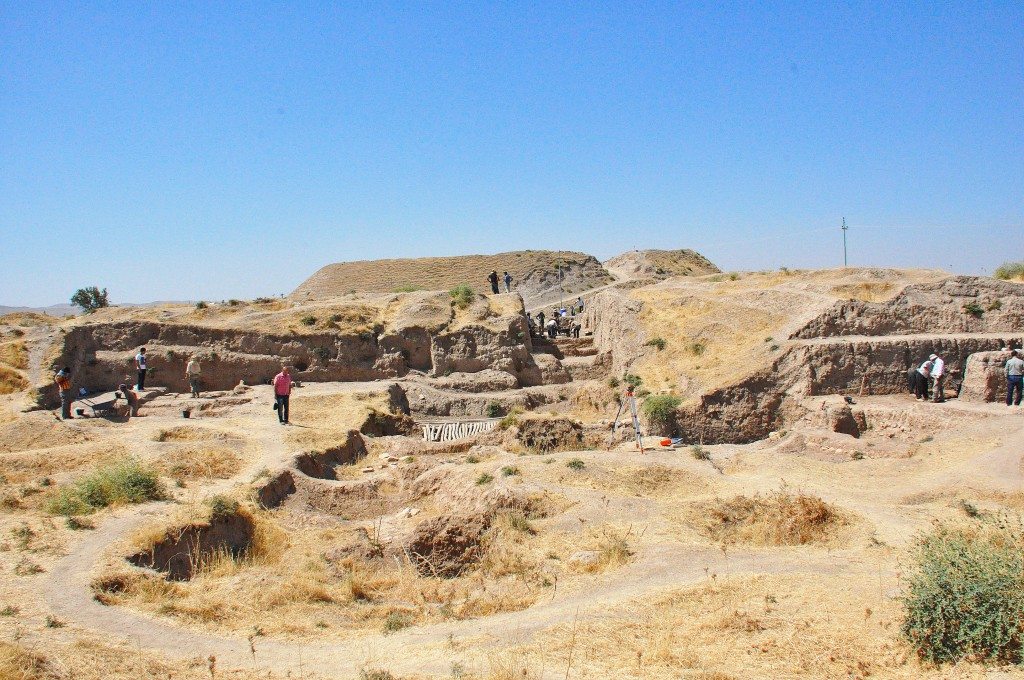
General overview of Bakr Awa. The hill (mound or Tell) is the largest one within the whole southern part of Sharazor Plain. The hill’s citadel stands about 40 meters high in the middle of approximately 600 x 800 meters lower city. Photo © Osama S. M. Amin.
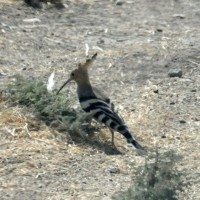
A hoopoe! Photo © Osama S. M. Amin.
We arrived around 11 AM. It was a very sunny and hot day. The team was divided into several small groups; each and every one was working on a different area, on the top surface of the mound and on its surrounding semi-flat areas.
This was the first time I ever saw an archaeological team working, digging, and uncovering historical artifacts! I immediately started photographing them; I couldn’t stop. Around noon the team took its lunch break, and we went with them. I ate watermelon only. They showed me a recently uncovered cuneiform tablet and some other artifacts. After about an hour, they resumed their field work. This time we went to the top surface of the mound, where a smaller group was excavating. While I was climbing the mound, I saw a hoopoe! In Iraq, we connect the hoopoe to the Jewish prophet and king Solomon; we say “Hoopoe of Solomon”. Witches used the bones of this bird to cast spells. It was on the ground searching for insects; this was the very first time I encountered a hoopoe. It is a very, very difficult bird to find. What is this place!?! Awesome!
I took more pictures of the whole site. It was approaching 3 PM… time for a real lunch! Myself, Hashim, Akam Omar (a sculptor at the Sulaimaniya Museum), and Ahmad (my post-graduate neurology trainee) went to a local restaurant where we ordered kebab! Bull’s eye, let’s go back home!
Bronze Age Foundations
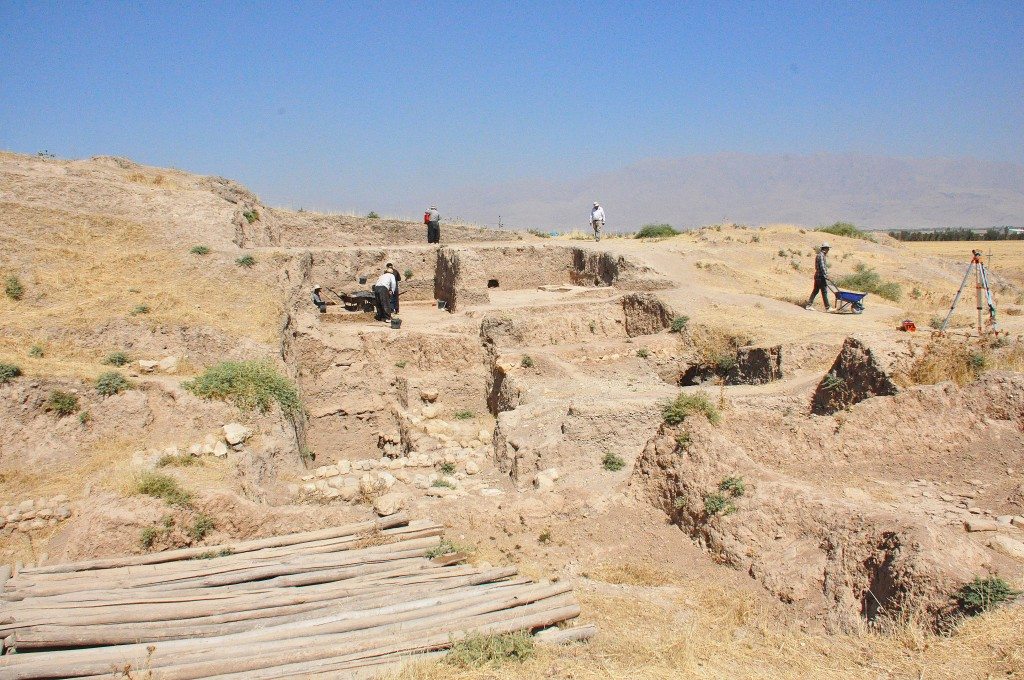
The excavation has uncovered several settlement layers. Note the foundation stones, which probably date back to the early Bronze Age. Photo © Osama S. M. Amin.
Excavating
Radial Vault Tomb
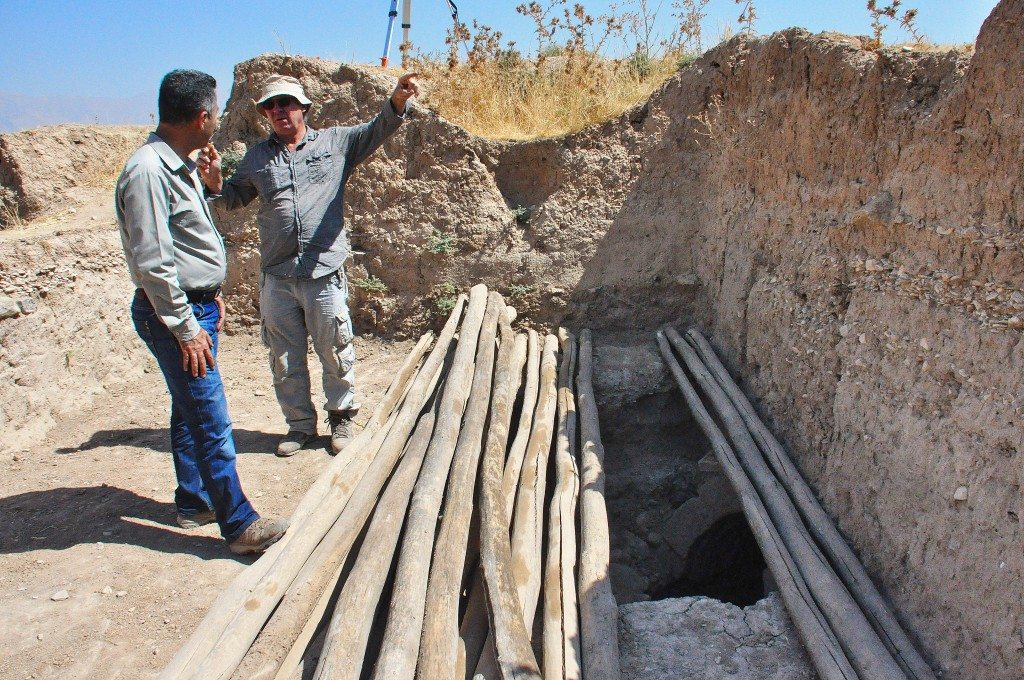
Professor Peter Miglus (head of the archeological team, on the right) tells Mr. Hashim Hama Abdullah (Director of the Sulaimaniya Museum) how their work has been progressing. The entrance of a well-equipped radial vaulted brick tomb can be seen. On the right, an ancient pebble floor (above the grave’s level in the sand) is visible. Photo © Osama S. M. Amin.
Pottery Jar
Pavement Floor
Documenting the Finds
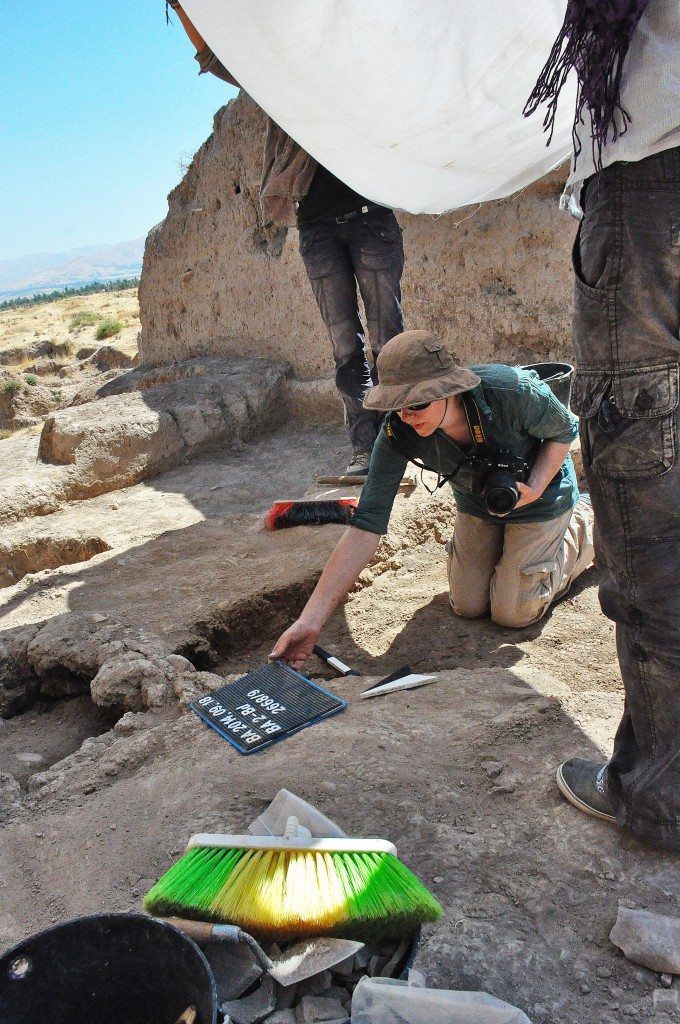
One of the teams is documenting their progress; an archaeologist is using a Nikon camera, similar to my own! Photo © Osama S. M. Amin.
Akkadian Floor
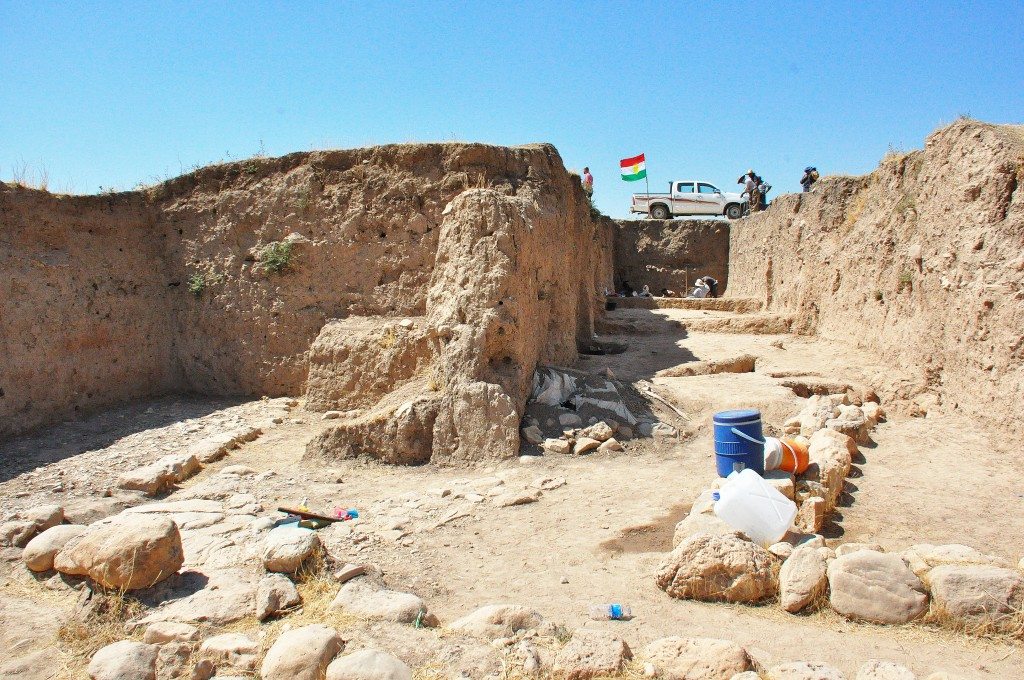
The so-called “Area 1,” which dates back to the early Bronze Age. These stone foundations and floors belongs to an Akkadian or post-Akkadian period building. A vaulted tomb had been covered with fragments of stones and earth, and behind it, we can see mud platforms. Photo © Osama S. M. Amin.
Deep Excavation

One of the excavated areas. Note how deep they have reached and the appearance of a foundation stone layer. Photo © Osama S. M. Amin.
Cuneiform Tablet
The Team
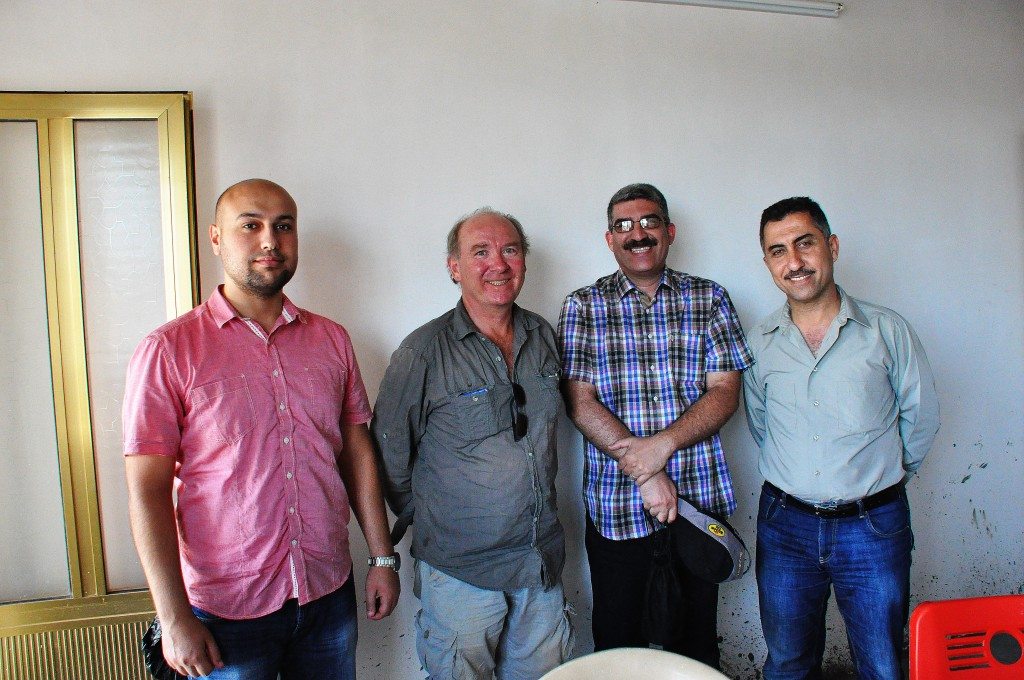
From left to right: Dr. Ahmad Jawad (my neurology trainee), Prof. Peter Miglus (Heidelberg University), myself, and Mr. Hashim Hama Abdullah (Director of the Sulaimaniya Museum) at lunchtime. Photo © Osama S. M. Amin.
